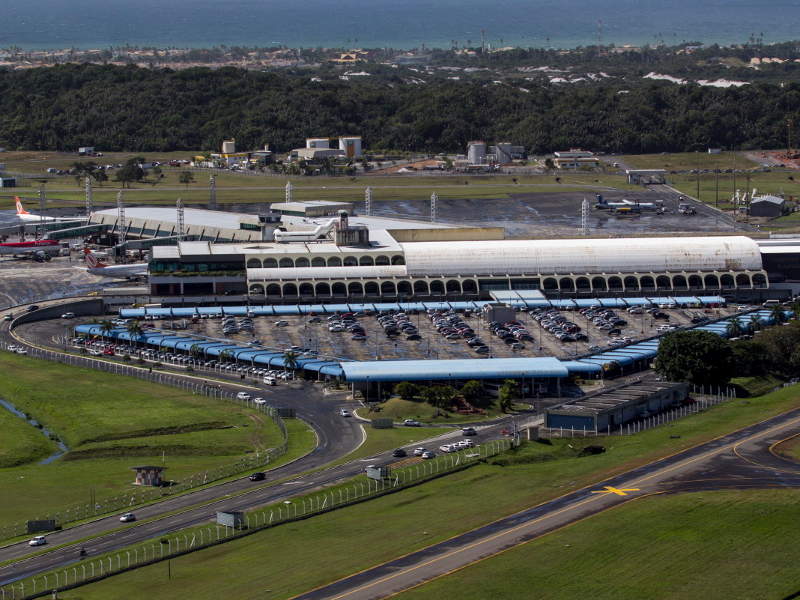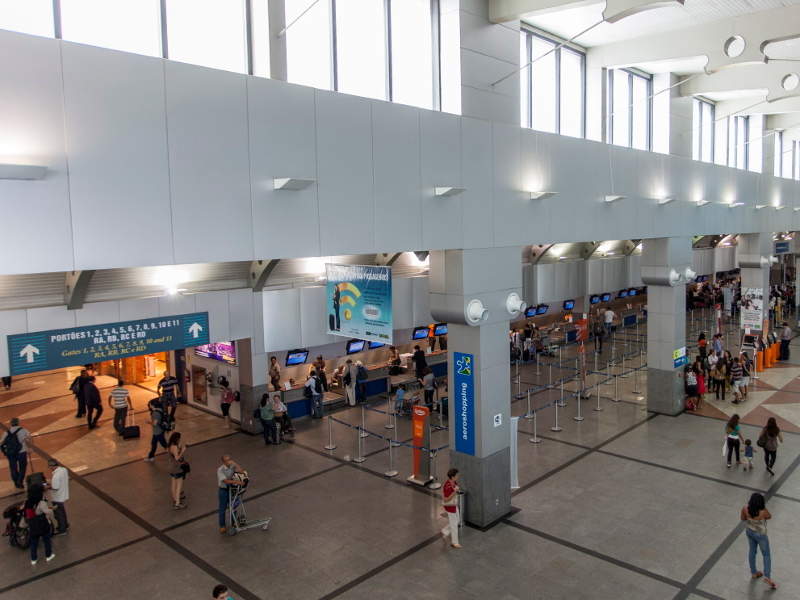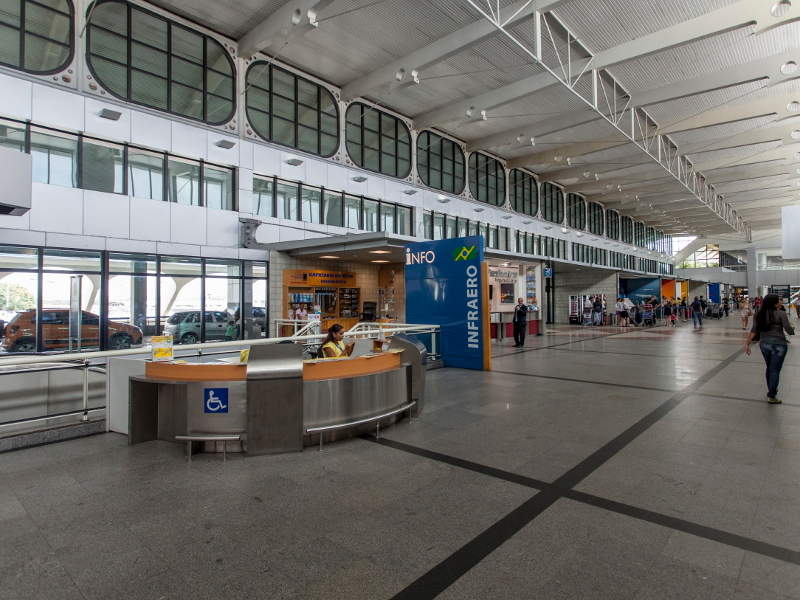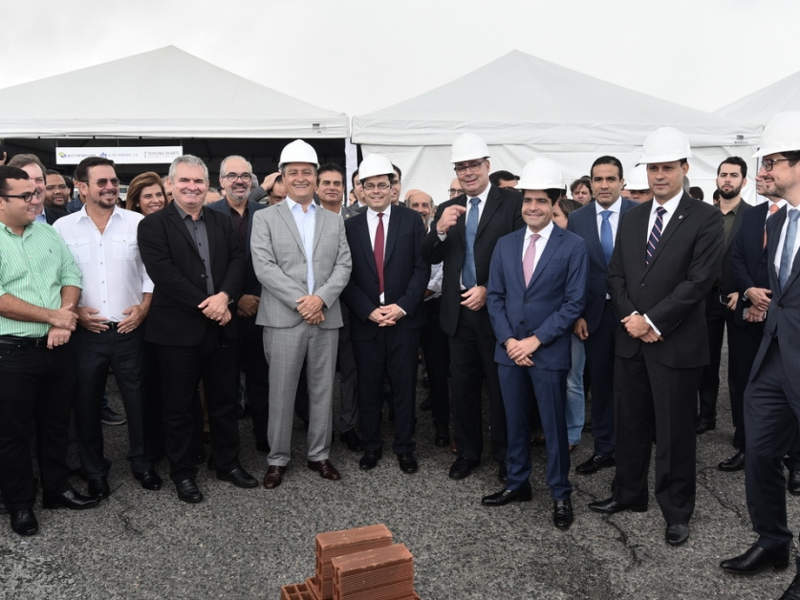Deputado Luis Eduardo Magalhaes International Airport, also known as Salvador International Airport (SSA), is undergoing a major expansion to serve the growing number of passengers and tourists.
Located 24km away from the city of Salvador, Bahia, Brazil, SSA handled approximately 7.7 million passengers in 2017, becoming the tenth biggest airport in the country.
The airport is operated by Vinci Airports under a 30-year concession agreement signed with Brazil’s National Civil Aviation Agency (ANAC) in July 2017. The concession covers operation, maintenance, redevelopment and expansion of the airport.
Vinci Airports plans to invest approximately R2.31bn ($731.05m) on the airport redevelopment in multiple phases over the concession period. The investment planned for the first phase of redevelopment is R600m ($172.12m).
The first phase of renovation and expansion works began in April 2018 and is scheduled for completion by January 2020. It is anticipated to create approximately 800 jobs during the peak construction period.
The airport redevelopment project is expected to generate economic and social benefits to the region.
Deputado Luis Eduardo Magalhaes Airport renovation and expansion details
The existing terminal building, which has a capacity to handle 11 million passengers a year, is being redeveloped to increase the comfort levels of travellers. The airport area will be expanded by 20,000m² to incorporate a new boarding lounge and a new commercial area.
The airside infrastructure will be improved and expanded to accommodate 26 new aircraft and up to 17 passenger boarding bridges. A new baggage handling system will be installed to improve passenger service.
The expansion works also include the renovation of the existing passenger and cargo buildings, expansion of the existing runways and taxiways, construction of a new 2,160m-long runway, and installation of new air-conditioning and ventilation systems.
The works also include modernisation of washrooms, expansion of parking area with 1,630 new parking stands, supporting infrastructure for free high-speed Wi-Fi, as well as the upgrade of air traffic control (ATC) and aircraft rescue and firefighting (ARFF) systems.
The expansion includes the installation of additional elevators and escalators, as well as upgraded airport signage.
Contractors involved with Deputado Luis Eduardo Magalhaes Airport redevelopment
The first phase of expansion works are being carried out by a consortium formed by Brazilian construction companies Teixeira Duarte Engenharia e Construções, Alves Ribeiro S.A do Brasil, and Actemium, a subsidiary of VINCI Énergies.
The consortium is responsible for providing engineering, procurement and construction services for the redevelopment project.
HG Projetos e Consultoria took part in the preparation of the master plan for the airport expansion.
Deputado Luis Eduardo Magalhaes Airport history and details
Originally known as Santo Amaro do Ipitanga Airport, Deputado Luis Eduardo Magalhaes International Airport occupies an area of approximately 700ha.
The commercial operations at the airport began in 1925. The airport was named as Dois de Julho International Airport in commemoration of Bahia’s Independence Day in 1955 and was redesignated Deputado Luis Eduardo Magalhães in the honour of politician Luis Eduardo, in June 1998.
The airport underwent extensive modernisation between 1983 and 2003. The old terminal was replaced with a new passenger terminal in 1998. The passenger terminal building has a built-up area of 69,750m².
The airport also features a cargo terminal and two runways including a 3,005m-long and 45m-wide main runway, as well as a 1,520m-long and 45m-wide secondary runway.
The airport provides a direct connection to major cities in Brazil and serves regular international flights to a number of countries.






